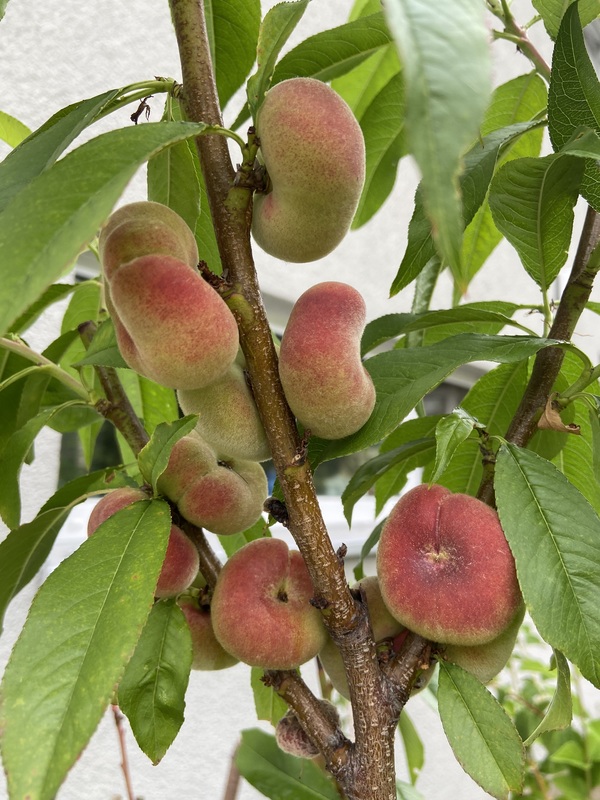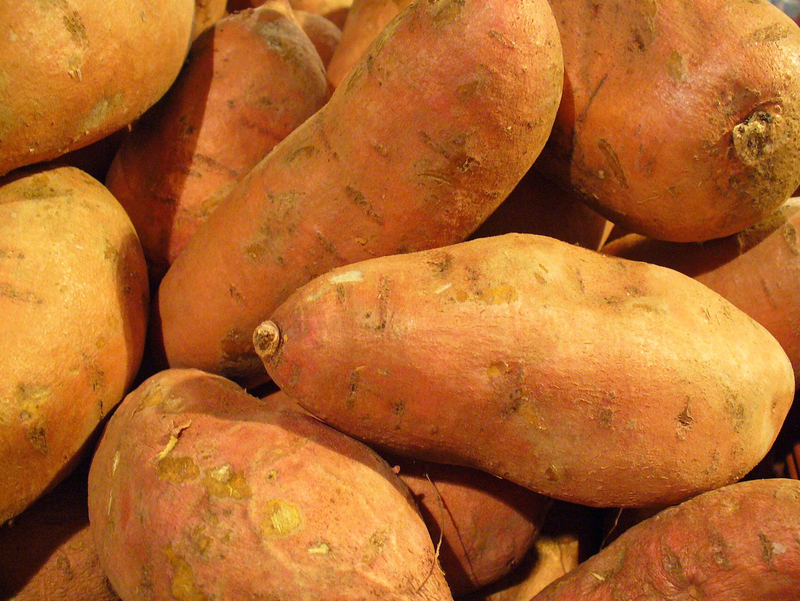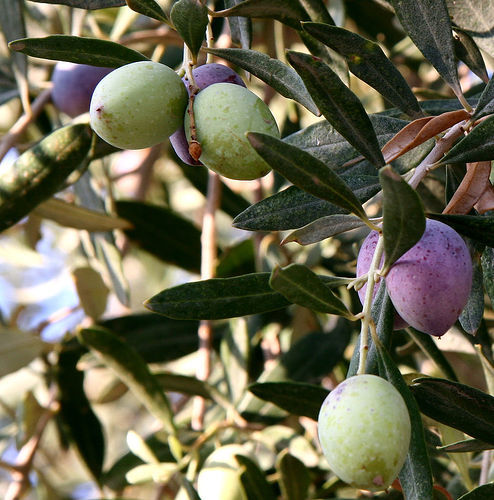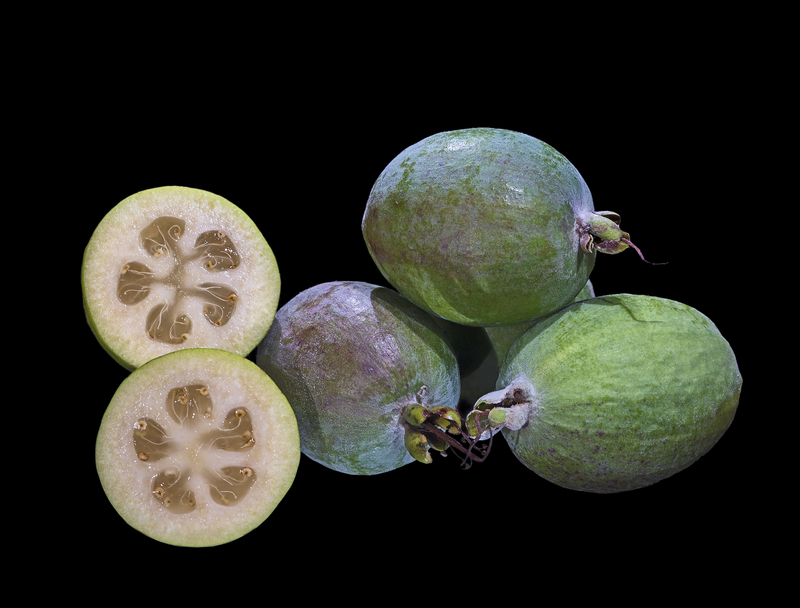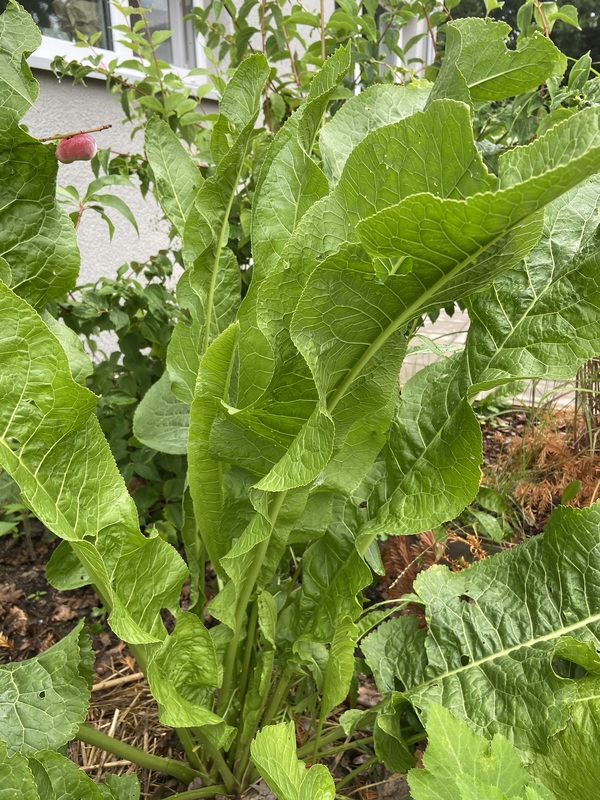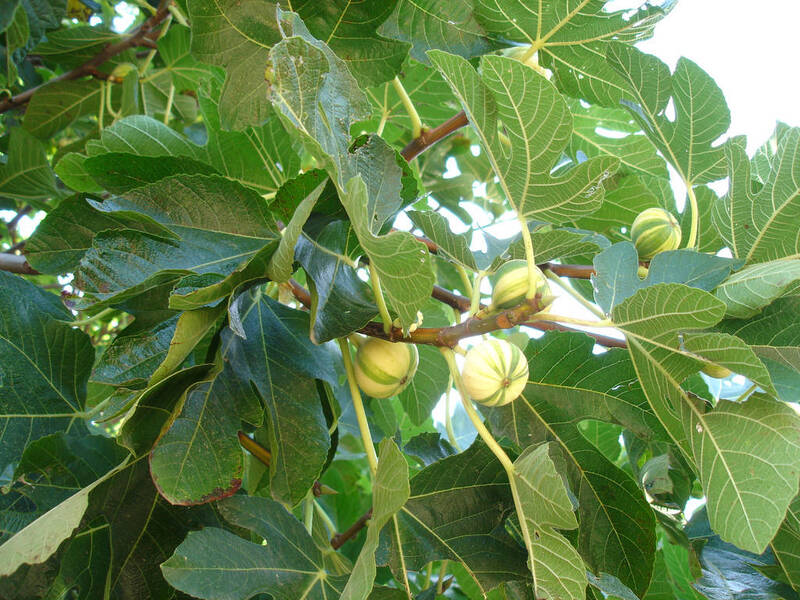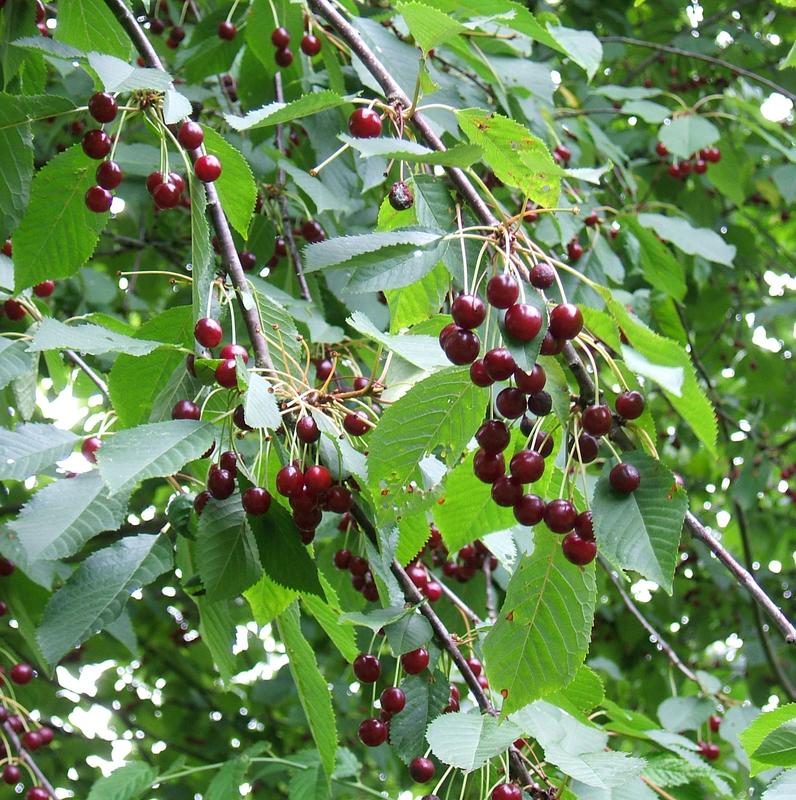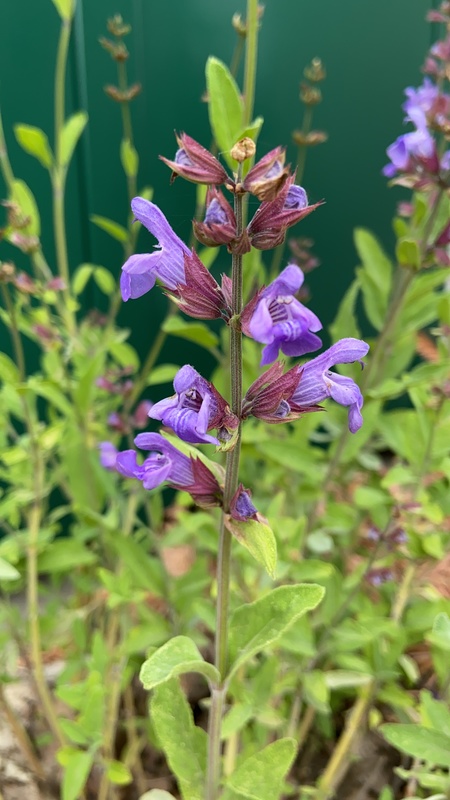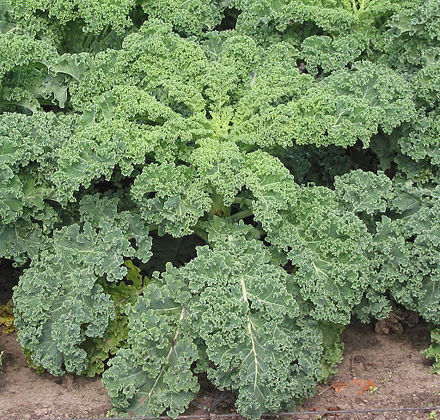Description
The fig, or Ficus carica, is a species of flowering plant in the mulberry family. It is native to the Middle East and Western Asia, and is widely cultivated for its edible fruit. The fig tree is a large, deciduous tree that can grow up to 9m tall and 6m wide. Its leaves are glossy and dark green, and are typically deeply lobed with three or five lobes. The fig tree produces small, yellow-green flowers that are hidden inside the fruit. The fruit itself is a small, pear-shaped structure that is edible when ripe.
When grown in favorable conditions, fig trees can grow quite large and can produce an abundance of fruit. They prefer well-drained soil and a warm, sunny climate, and can tolerate drought conditions once established. In colder climates, fig trees can be grown in containers and brought indoors during the winter to protect them from freezing temperatures.
Fig trees are typically not winter hardy, and will need to be protected from frost in colder climates. They can be grown successfully in a variety of soil types, but prefer a slightly acidic soil pH. Fig trees can be propagated from cuttings or by rooting the dormant buds on the tree’s roots.
The fruit of the fig tree is edible and can be eaten fresh or dried. The ripe fruit has a sweet, rich flavor and can be used in a variety of dishes, including jams, jellies, and pies. The fruit can also be dried and stored for later use. In addition to its culinary uses, figs have been used medicinally for their laxative and astringent properties.
Fig trees are also valued for their aesthetic appeal and can be used as ornamental plants in the landscape. In addition, they can provide habitat and food for a variety of wildlife, including birds and small mammals.


